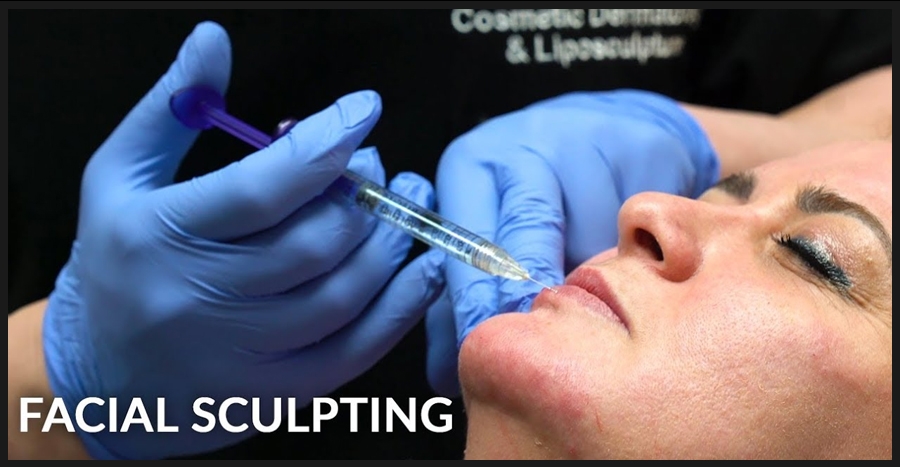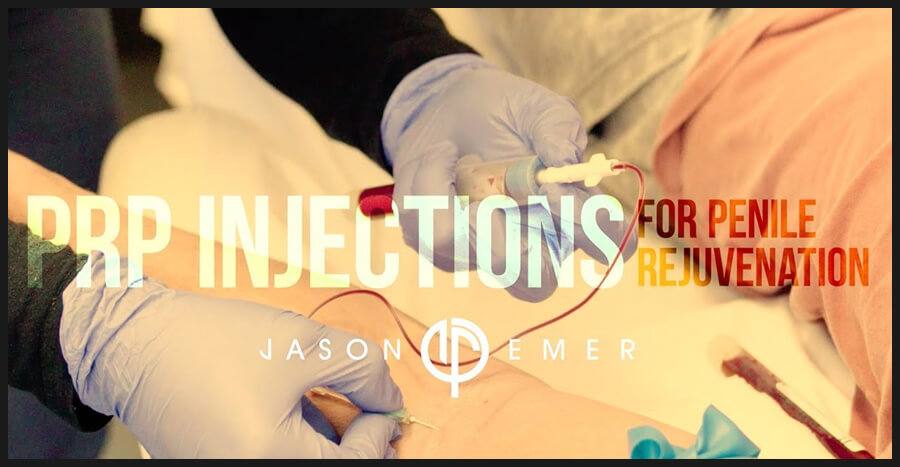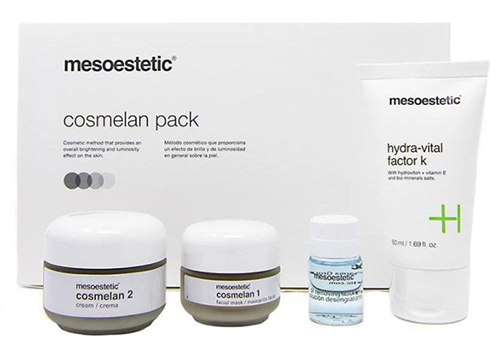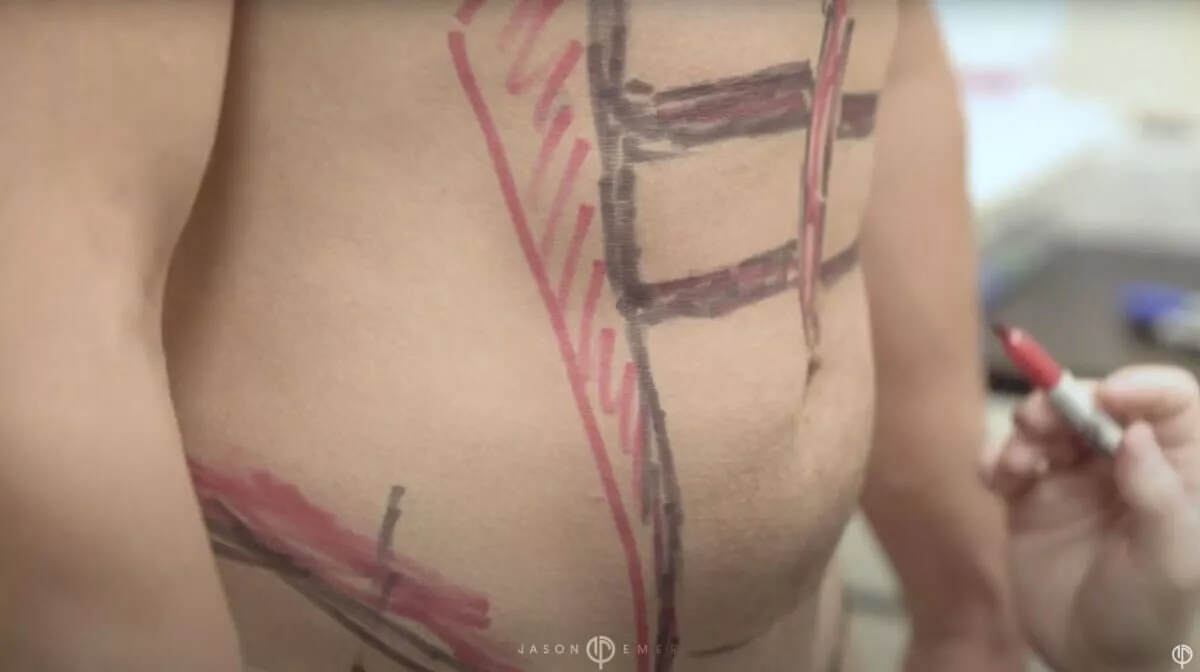Key Differences Between 360 Lipo and 360 HD Lipo
Liposuction has long been a popular procedure for those seeking to contour their bodies and eliminate stubborn fat. Among the many variations of liposuction, two advanced techniques have garnered significant attention: 360 Lipo and 360 HD Lipo. Both procedures offer comprehensive fat removal, but they differ in their approach and results. This article delves into the key differences between 360 Lipo and 360 HD Lipo, covering their overviews, procedure techniques, and expected outcomes.
Overview of 360 Lipo
360 Lipo, also known as circumferential liposuction, is a body contouring technique that targets fat removal from the entire midsection of the body. This includes the abdomen, flanks (love handles), lower back, and sometimes the upper thighs. The goal is to create a more balanced and proportionate silhouette by addressing multiple areas simultaneously.
Benefits of 360 Lipo:
- Comprehensive Fat Removal: By treating the entire midsection, 360 Lipo ensures a more harmonious and natural-looking result compared to traditional liposuction that targets isolated areas.
- Improved Body Contour: The circumferential approach helps create a smoother, more contoured appearance, enhancing the patient’s overall body shape.
- Balanced Results: Since multiple areas are treated in one procedure, patients achieve a more balanced look with fewer chances of uneven fat distribution.
Overview of 360 HD Lipo
360 HD Lipo, or high-definition circumferential liposuction, takes the concept of 360 Lipo a step further by not only removing fat but also sculpting and defining the underlying musculature. This advanced technique aims to create a more athletic and toned appearance by enhancing the visibility of muscle groups.
Benefits of 360 HD Lipo:
- Enhanced Muscle Definition: 360 HD Lipo emphasizes the natural contours of muscles, creating a more defined and athletic look.
- Precision Sculpting: This technique involves meticulous fat removal and sculpting to enhance the patient’s natural anatomy.
- Comprehensive Body Contouring: Like 360 Lipo, 360 HD Lipo addresses the entire midsection, ensuring balanced and harmonious results.
Procedure Techniques
The techniques used in 360 Lipo and 360 HD Lipo are similar in many respects, but key differences lie in the precision and detail of fat removal and sculpting.
360 Lipo Technique:
- Anesthesia: The procedure typically begins with the administration of either general anesthesia or local anesthesia with sedation.
- Incisions: Small incisions are made around the midsection to access the fat deposits.
- Tumescent Solution: A tumescent solution, containing saline, epinephrine, and lidocaine, is injected into the target areas to numb the area, minimize bleeding, and facilitate fat removal.
- Fat Removal: Using a cannula, the surgeon removes excess fat from the abdomen, flanks, and lower back, ensuring a smooth and even contour.
- Closure and Recovery: The incisions are closed, and compression garments are applied to support the new contours and reduce swelling. Recovery time varies, but most patients can return to normal activities within a few weeks.
360 HD Lipo Technique:
- Anesthesia: As with 360 Lipo, either general anesthesia or local anesthesia with sedation is used.
- Incisions: Small, strategically placed incisions are made to access and sculpt the target areas.
- Tumescent Solution: The same tumescent solution is injected to prepare the fat for removal.
- Precision Fat Removal and Sculpting: Using specialized cannulas, the surgeon meticulously removes fat while sculpting and enhancing the underlying muscle contours. This step requires a high level of skill to create natural and aesthetically pleasing results.
- Fat Transfer (Optional): In some cases, the removed fat is purified and reinjected into other areas to enhance volume and shape, such as the buttocks or pectoral muscles.
- Closure and Recovery: The incisions are closed, and compression garments are applied. Recovery time is similar to 360 Lipo, though the enhanced sculpting may require a slightly longer recovery period.
Conclusion
Both 360 Lipo and 360 HD Lipo offer comprehensive body contouring solutions, but they cater to different aesthetic goals. 360 Lipo focuses on circumferential fat removal to create a balanced and proportionate silhouette, making it ideal for individuals seeking a smoother and more contoured midsection. In contrast, 360 HD Lipo goes beyond fat removal to enhance and define the underlying musculature, resulting in a more athletic and toned appearance.
Understanding the differences between these two procedures can help prospective patients make informed decisions based on their desired outcomes and physical condition. For those interested in learning more about these advanced liposuction techniques, visiting a reputable clinic like Dr. Jason Emer can provide valuable insights and guidance tailored to individual needs.























